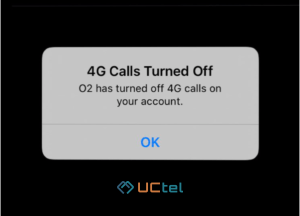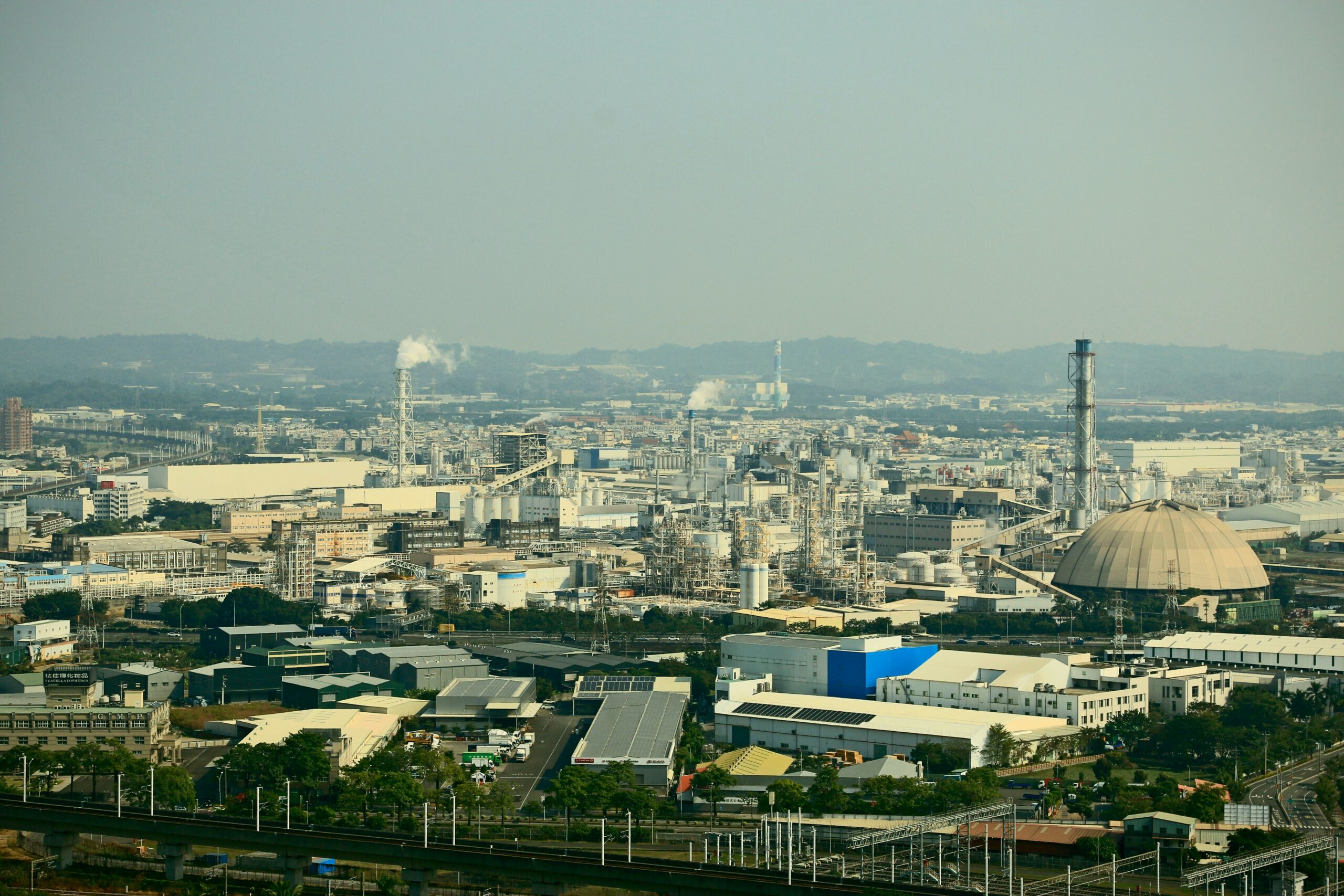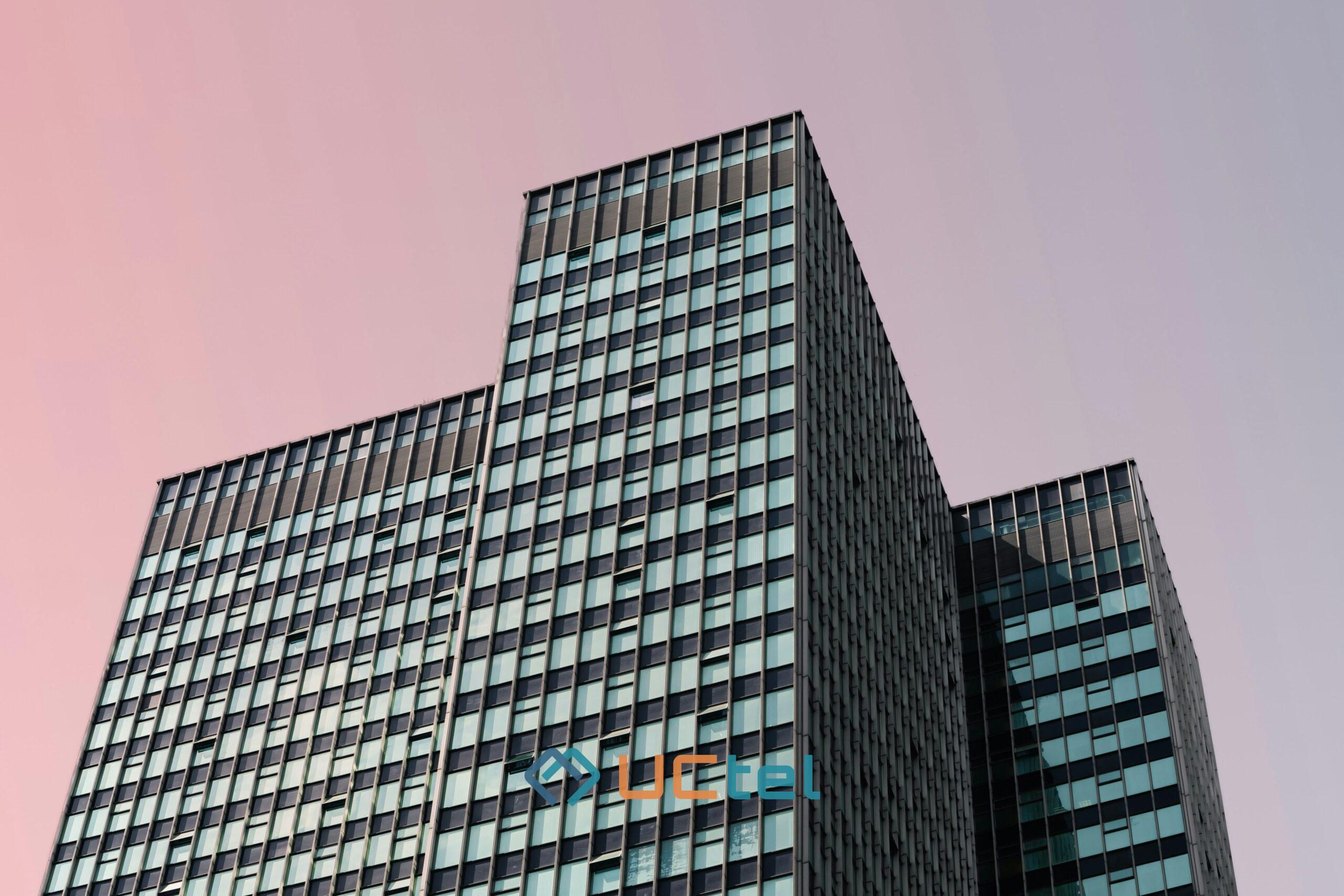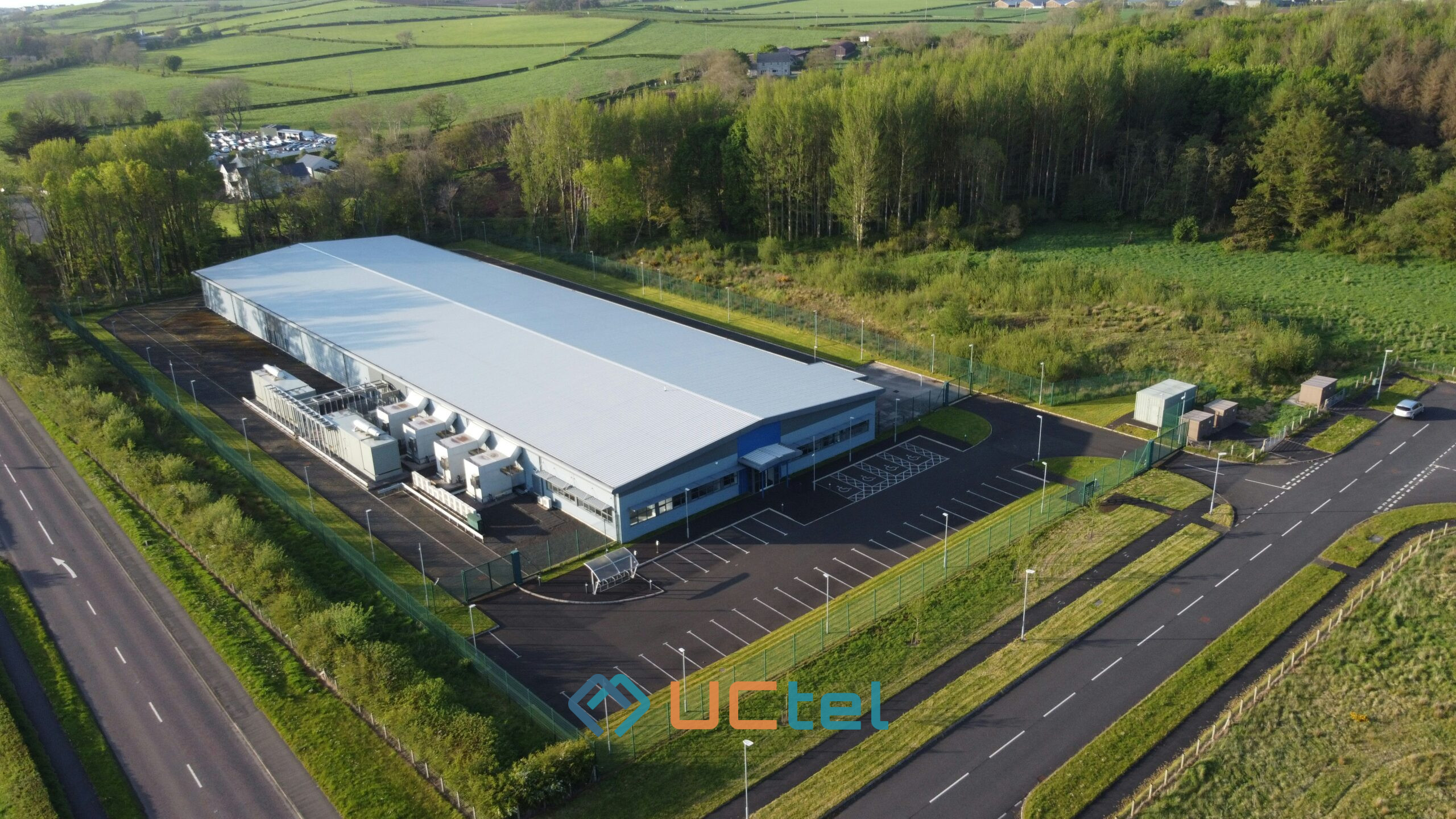
Hotel Mobile Booster for Improved Phone Coverage and Guest Satisfaction
Table of contents
- 1. Why mobile coverage has become essential for hotel operations
- 2. Understanding signal interference challenges in hotel buildings
- 3. How hotel signal booster systems function and operate
- 4. Comparing active DAS and passive signal booster solutions
- 5. Selecting appropriate coverage solutions based on hotel size
- 6.
- 7. Business benefits and operational improvements for hotels
- 8. Professional installation considerations and performance optimization
Modern hospitality establishments face unprecedented pressure to deliver seamless mobile connectivity throughout their properties. Poor mobile phone reception has evolved from a minor inconvenience to a critical business liability that directly impacts guest satisfaction scores and online reviews. Studies reveal that nearly three-quarters of hotel guests experience inadequate mobile coverage during their stays, making signal enhancement solutions essential rather than optional amenities.
A hotel mobile booster now represents the primary technology for overcoming building-related interference that blocks wireless communications. Reliable mobile service has achieved the same importance as fundamental utilities like electricity and water in determining guest expectations and operational success.
Why mobile coverage has become essential for hotel operations
Guest expectations have fundamentally shifted toward considering reliable mobile service an absolute necessity rather than a luxury feature. Business travelers depend heavily on consistent connectivity for remote work capabilities, video conferencing, and critical communications with clients and colleagues. Leisure guests require mobile access for social media sharing, entertainment streaming, and coordinating travel arrangements throughout their stays.
| Guest Complaint Category | Frequency Percentage | Impact on Reviews |
| Poor mobile coverage | 73% | Directly affects star ratings |
| Inconsistent data speeds | 68% | Mentioned in negative feedback |
| Dead zones in rooms | 61% | Influences rebooking decisions |
Connectivity issues frequently appear in negative online reviews, significantly damaging hotel reputation and affecting future booking conversion rates. Properties with inadequate mobile infrastructure experience measurable declines in guest loyalty and repeat reservations. Modern travelers actively research connectivity quality before making accommodation decisions, using review platforms to evaluate wireless service reliability.
Understanding signal interference challenges in hotel buildings
Construction materials present significant obstacles to mobile signal penetration in hospitality properties. Concrete walls, steel reinforcement structures, and energy-efficient Low-E glass actively block or severely weaken radio frequency transmissions from nearby mobile towers. These materials can reduce signal strength by up to 90%, creating extensive dead zones where guests cannot access voice, text, or data services.
- Concrete walls absorb and reflect mobile frequencies
- Metal structures create Faraday cage effects
- Low-E glass blocks high-frequency transmissions
- Building density compounds interference problems
Large hotels with multiple floors and extensive square footage experience particularly inconsistent signal distribution throughout their properties. Coverage varies dramatically between different areas, with some rooms receiving adequate service while adjacent spaces remain completely disconnected.
The problem intensifies in underground levels, interior corridors, and conference facilities located away from exterior walls where mobile towers typically provide strongest coverage.
How hotel signal booster systems function and operate
Signal booster technology operates through a three-component system designed to capture, amplify, and redistribute mobile communications throughout hotel interiors. External antennas, typically mounted on rooftops or exterior walls, possess sensitivity capabilities up to 30 times greater than standard mobile device receivers, enabling them to detect even extremely weak tower transmissions.
| System Component | Primary Function | Technical Specification |
| External Antenna | Signal capture | 30x sensitivity enhancement |
| Amplifier Unit | Signal processing | Automatic filtering and boost |
| Internal Antennas | Coverage distribution | Building-wide broadcasting |
The amplifier unit processes captured signals through sophisticated filtering and enhancement algorithms, strengthening weak transmissions while maintaining signal quality and carrier compatibility. Internal broadcasting antennas then distribute the amplified mobile coverage throughout hotel interiors, providing comprehensive service across all operational areas.
These systems function automatically without requiring ongoing management and support all major wireless carriers simultaneously, including current 4G LTE and emerging 5G technologies.
Comparing active DAS and passive signal booster solutions
Active DAS systems for large properties
Active Distributed Antenna Systems represent the most powerful mobile enhancement solution available, connecting directly to carrier networks through dedicated fiber optic infrastructure. These systems function essentially as mini mobile towers within hotel buildings, providing maximum possible signal strength and wall-to-wall coverage capabilities for extensive properties.
However, Active DAS implementations require individual carrier approval from each network provider, typically involving six-month approval processes and installation timelines. Costs range from five to ten dollars per square foot, making these solutions most appropriate for large resort complexes and luxury properties with substantial budgets and extended planning horizons.
Passive signal boosters for most hotels
Passive amplification systems offer more accessible solutions for the majority of hospitality establishments, requiring no carrier approvals or lengthy regulatory processes. These systems amplify existing over-the-air mobile signals without creating new network connections, enabling faster installation at costs ranging from 50 cents to one dollar per square foot.
- No carrier approval requirements
- Faster installation timelines
- Lower implementation costs
- Effective coverage up to 23,226 m²
Performance effectiveness depends entirely on the quality of external signal availability from nearby mobile towers, with optimal results achieved in areas with moderate existing coverage that requires enhancement rather than complete signal creation.
Selecting appropriate coverage solutions based on hotel size
Small properties and boutique hotels
Compact signal boosters designed for coverage areas between 743 m² and 3,252 m² provide effective solutions for small hotels, bed-and-breakfast establishments, and boutique properties. These systems often include DIY installation options for budget-conscious operators while maintaining significant signal enhancement across primary guest areas and operational spaces.
Medium-sized hotel solutions
Properties requiring coverage between 3,252 m² and 3,716 m² benefit from systems featuring multiple outdoor antenna ports capable of communicating simultaneously with different mobile towers. Professional installation ensures optimal performance while cloud-based monitoring capabilities provide ongoing system management and performance tracking.
Large hotel and resort systems
Enterprise-grade systems accommodate coverage requirements up to 9,290 m² through four independent amplifiers housed within single units. These powerful solutions support up to 20 indoor antennas while maintaining three independent outdoor antenna connections for maximum carrier compatibility and coverage optimization across extensive properties.
| Property Size | Coverage Area | Indoor Antennas | Outdoor Connections |
| Small Hotels | 743–3,252 m² | 4-8 units | 1-2 connections |
| Medium Properties | 3,252–3,716 m² | 8-12 units | 2-3 connections |
| Large Resorts | Up to 9,290 m² | Up to 20 units | 3 independent connections |
Business benefits and operational improvements for hotels
Enhanced guest experience ranks as the primary advantage of implementing comprehensive mobile coverage solutions. Reliable connectivity enables mobile check-in processes, digital menu access, remote working capabilities, and seamless communication throughout entire properties. Guests can utilize their devices anywhere without interruption, leading to improved satisfaction scores and positive online reviews.
Operational efficiency improvements affect all hotel departments, from front desk operations to housekeeping and maintenance teams. Staff members can communicate effectively using mobile devices throughout properties, eliminating communication barriers that previously hindered productivity. Response times to guest requests improve dramatically when mobile coverage enables instant coordination between departments.
- Mobile check-in and digital services functionality
- Improved staff communication and coordination
- Enhanced safety and emergency response capabilities
- Increased booking conversion rates and guest loyalty
Safety and security considerations make mobile coverage essential for emergency communications and backup connectivity when primary internet systems fail. Revenue impacts extend beyond guest satisfaction to influence booking conversion rates, particularly for business travelers who require consistent connectivity for work-related activities and communication needs.
Professional installation considerations and performance optimization
Professional site surveys conducted by certified technicians ensure optimal system performance through comprehensive signal strength measurements and building material evaluations. These assessments identify priority coverage areas including guest rooms, lobbies, conference facilities, and operational spaces while developing customized installation plans for maximum effectiveness.
| Installation Phase | Key Activities | Timeline |
| Site Survey | Signal measurement and planning | 1-2 days |
| Equipment Installation | Antenna and amplifier setup | 2-5 days |
| System Testing | Performance verification | 1 day |
| Staff Training | Operation and monitoring | Half day |
Aesthetic integration ensures signal enhancement equipment blends seamlessly with hotel décor through low-profile dome antennas and concealed system components. Successful implementations at major hotel chains demonstrate measurable improvements in guest satisfaction and elimination of connectivity complaints. Properties report significant operational benefits and competitive advantages following professional installation of comprehensive mobile coverage solutions.
Contact us today to learn more about our hotel mobile booster solutions and request a personalized quote tailored to your property’s needs.









